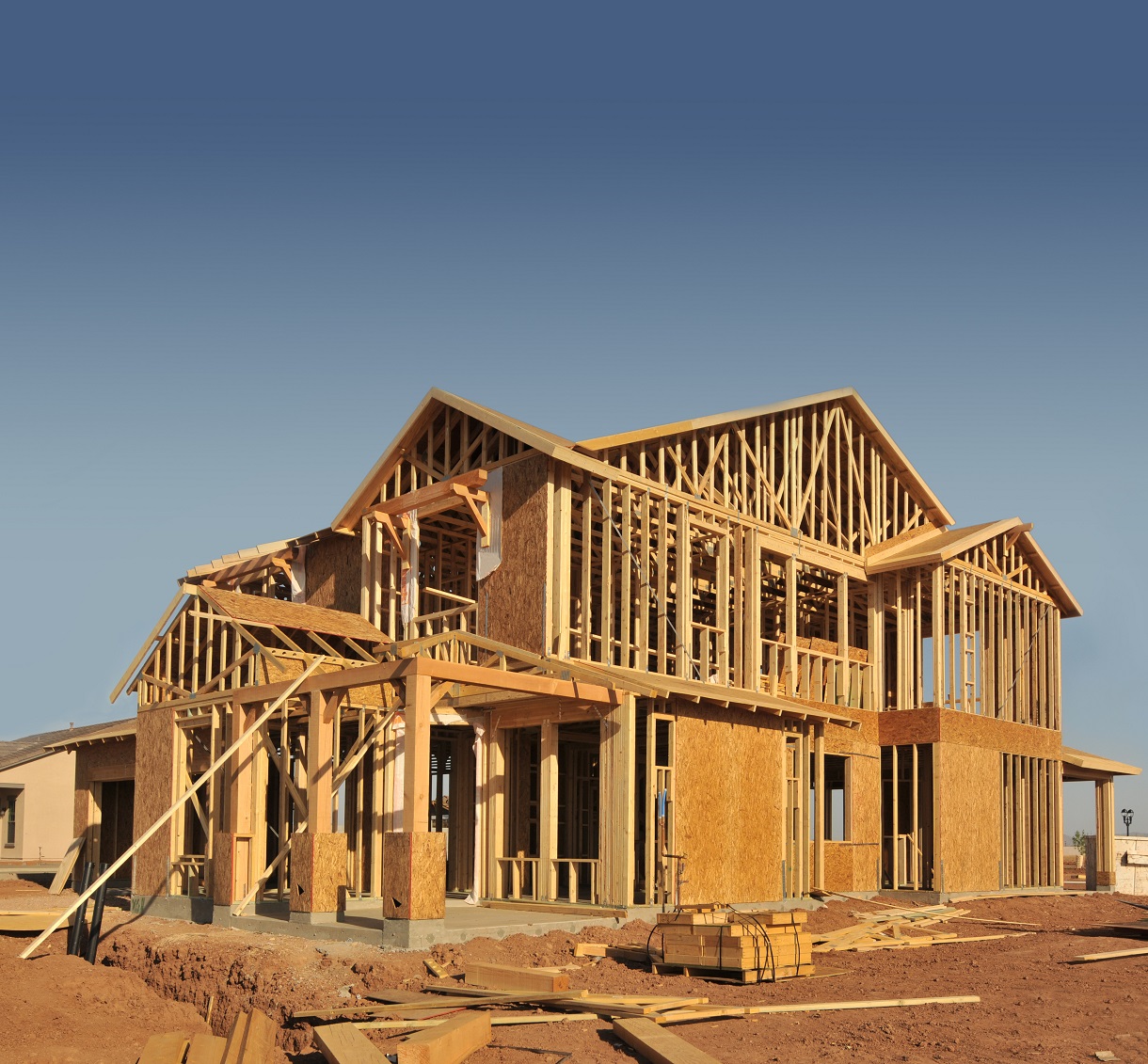The average expense for multiple room renovations in the US ranges from $17,000 – $63,000, and homeowners are spending more and more each year. It’s the harsh reality that, before you’ve even begun your home improvements, you may find out that you’ve not quite got the funds; and on top of that there are hidden expenses of remodeling that haven’t even been budgeted for in the initial planning. Whether your project involves a complete redecoration to bring your house back to the 21st century, or just installing a new bathroom, funding always seems to come up as a barrier to realizing your ideal remodeling project. But, no matter the scale, there are funding solutions that can keep your plans on track and on budget without having to sacrifice your vision for the perfect home remodeling.
Secure your finances early with mortgages or loans
Most homeowners need to consider whether to go with mortgage or loan solutions when renovating their property. A home equity loan is one of the more common solutions to funding your home improvements as it offers a lower interest rate and larger available funds than a personal loan; however, it does involve a fixed payment plan. Some consider refinancing their mortgage instead if they know they will be able to pay it back over time and might get a lower interest rate in the process. However, a reverse-mortgage should also be considered if you are over the age of 62. These are based on just a percentage of the equity of your property and aren’t required to be repaid until the property is sold of you have moved out; making reverse-mortgages the most secure finance solution for remodeling your home.
Use cash assets and do-it-yourself for smaller aspects of the project
As cash doesn’t involve interest rates, it is best to pay with cash for the much smaller aspects of your home improvements such as buying the odd piece of material from the DIY store. And of course, where possible, do-it-yourself! DIY is all part of the fun and will save you on labor when it comes to smaller tasks such as painting walls, nailing in the skirting boards, and putting up shelves or small units. Save where possible, get stuck in when you can, and the positive effects on your budget will really show.
When it comes to remodeling your home, you don’t have to let your finances get on top of you. Early planning and secure budgeting solutions such as taking out a reverse-mortgage and knowing which aspects of the renovations can have cash assets spent on them will make all the difference. Then, you will be well on your way to realizing your dream home remodeling project, no matter the scale or budget.
Tags:

